Problem
A common upgrade many RV owners want to make has to do with the interior lighting. You might be wanting to update it because:
- Factory lighting isn’t as bright as you want it and the older the camper, the worse it is.
- The fixtures are often made of cheap plastic.
- It unsightly, or doesn’t match your newly updated decor.
No wonder people want to switch them out. The good news? You can knock out two birds with one stone, getting much brighter lighting that looks better.
When looking for a replacement light fixture many folks believe you can only use 12-volt DC fixtures/lights inside their RV.
The good news is that this isn’t true. You can use a 120-volt AC light fixture in your RV!
Solution
Are you ready for this? The fixture doesn’t matter, just match the bulbs to the power source. Regardless of the fixture, if your power source is 12-volt, just install 12-volt bulbs. If your power source is 120-volt, install 120-volt bulbs.
It’s an easy fix than can totally transform your RV remodeling project. It opens up a whole new world of options where you can add standard light fixtures to your search.
Ready to switch out your light fixture?
Here are a few tips as you shop for your RV light fixtures.
Consider LED
LED lights are completely different than a “regular lightbulb,” the incandescent bulbs we have traditionally used since Thomas Edison patented his invention in 1879. Incandescent bulbs have filaments that glow, which produce light but also produce heat.
LED’s are actually not light bulbs and instead have electrons that flow to create photons, a light that we can see.
If you decide to go with LED, be mindful of the wattage as the brightness will probably exceed your expectations. You will probably end up using a lower wattage than you think.
Depending on the fixture, 4-watt will probably be really bright and 2-watt may be better suited. Just remember, these are my preferences and your mileage may vary.
I always switch out any old incandescent light fixtures with LED. Here are the benefits:
- Better efficiency
- Some of the most efficient LEDs use only about 10% of the energy of incandescents.
- Produce little to no heat
- Can last 25x the time as an incandescent bulb
- Better looks
- Let’s be honest, those factory RV lights aren’t very attractive. A nice replacement fixture can totally change the look of your RV.
- Better output with LED
- Even though LED bulbs are offered in much lower wattages, they are brighter than their equal wattage counterparts.
Keep your fixture, but convert it to LED

If you are okay with the looks of the current lighting or are looking to save money but get something brighter, you can find an LED replacement dome fixture for about $15 on Amazon.
This is for a 2-pack, so they really are an affordable option for upgrading. They are direct replacements and are much easier and faster to install. They are plug and play replacements.
Replace a wall switch light with a wall switch light, and a
RV’s have two different types of lights:
- Lights with wall switches
- Lights with toggle switches on the light (which are more common in bedrooms, bathrooms etc.)
When shopping for a new RV light, you need to pay attention to what you need.
Lights with wall switches
- You will have the most options when shopping, as there are countless light-switch compatible light fixtures available
- Install it as you would in a house, just switch your bulb to match it to your power source (12-volt power needs a 12-volt bulb, 120-volt power needs a 120-power bulb)
Lights with toggle switches
- You can either replace it with a unit that has an integrated switch or you can add one yourself. They are cheap and can be found at most hardware stores.
- Make sure to match the bulb to your power source (12-volt power needs a 12-volt bulb, 120-volt power needs a 120-power bulb)
I stick with LED bulbs in order to prevent exceeding amperage to the light. These bulbs require a lot less amperage than the equivalent 12-volt DC bulb.
Disclaimer
Use your best judgment with working with electricity. I’m not qualified to provide instruction for you to follow, I’m merely documenting how I completed the task. If you are unsure of what to do, it’s always best to contact an expert to handle the work for you.
Conclusion
If you want to totally change the look of your RV while saving energy and improving your lighting conditions, it may be time to make some change.
At a minimum, you can upgrade bulbs, but with a little extra work, you can install a new fixture and get some added benefits.
Depending on where your comfort level is in terms of how much work you want to do, there is an option for you.
If you’ve already made some lighting changes, be sure to share some pics of your upgrades!

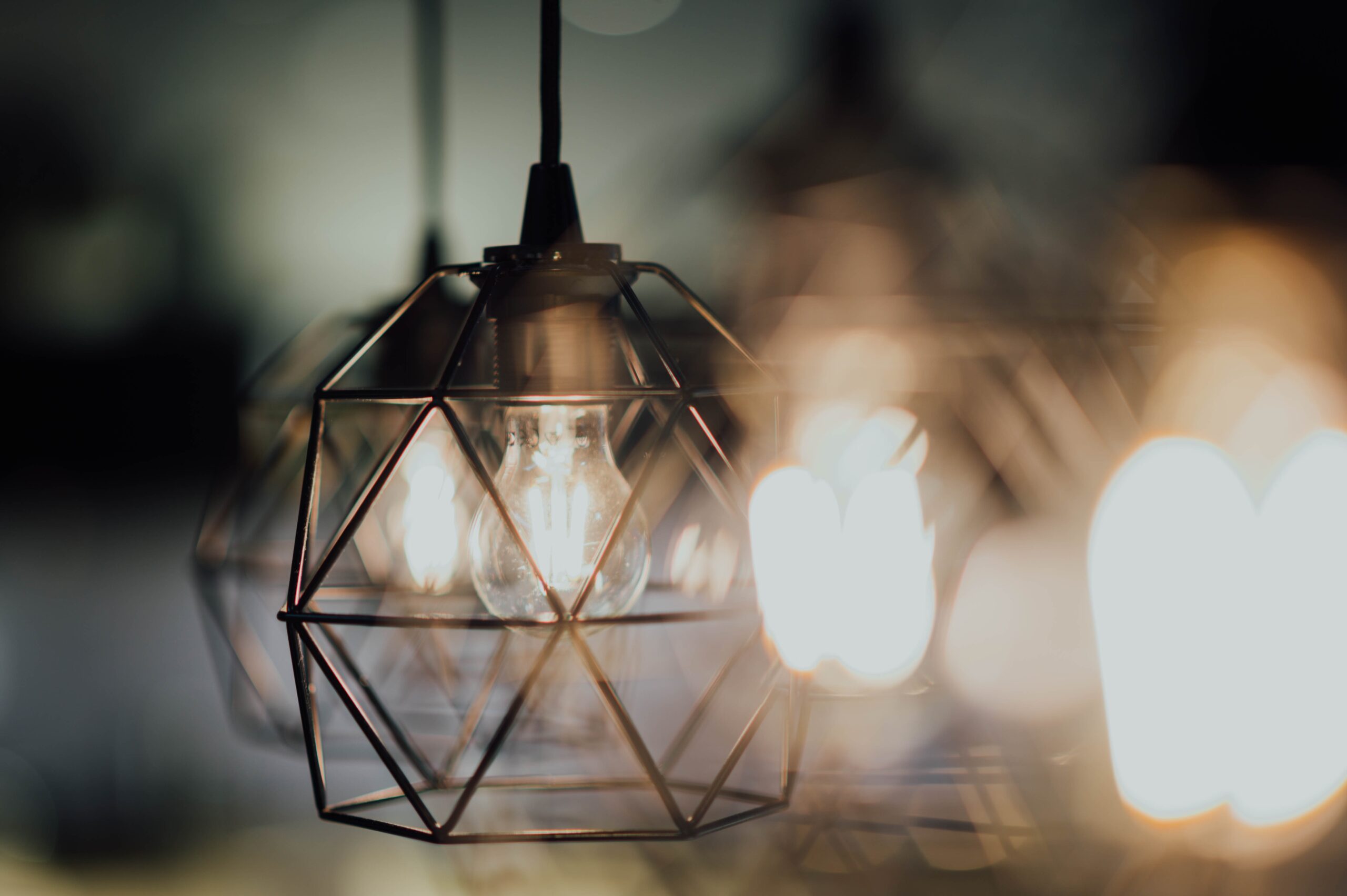
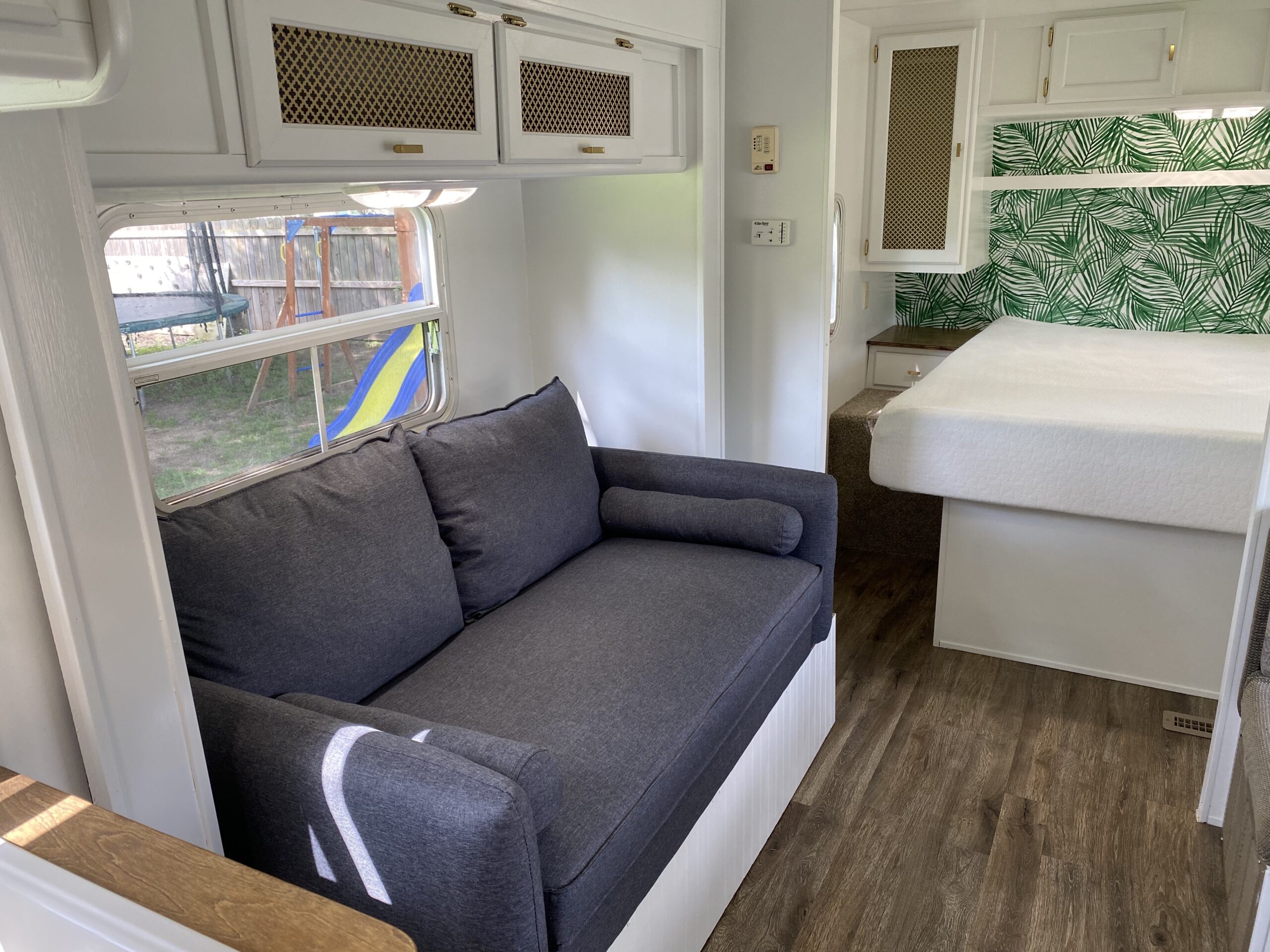
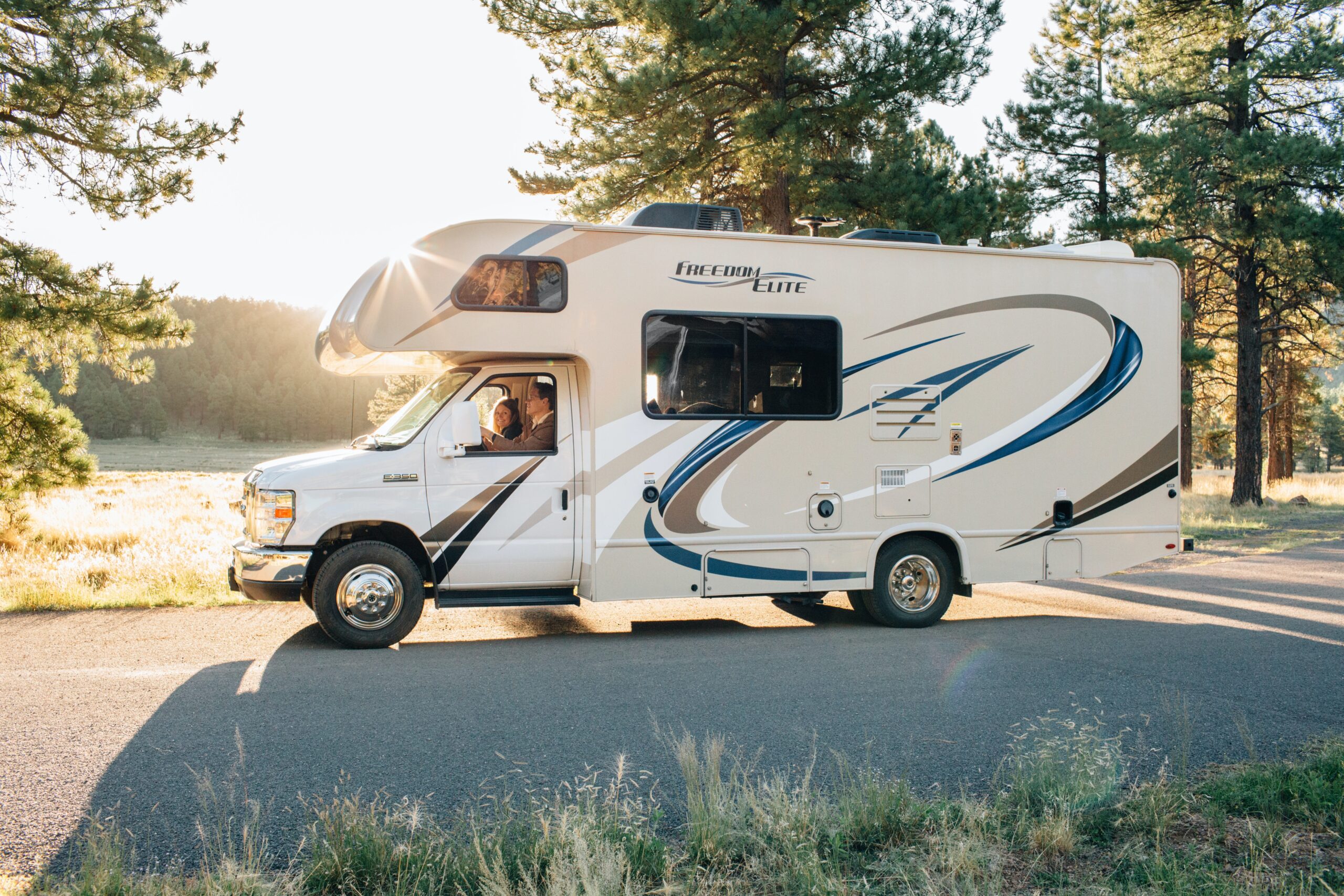
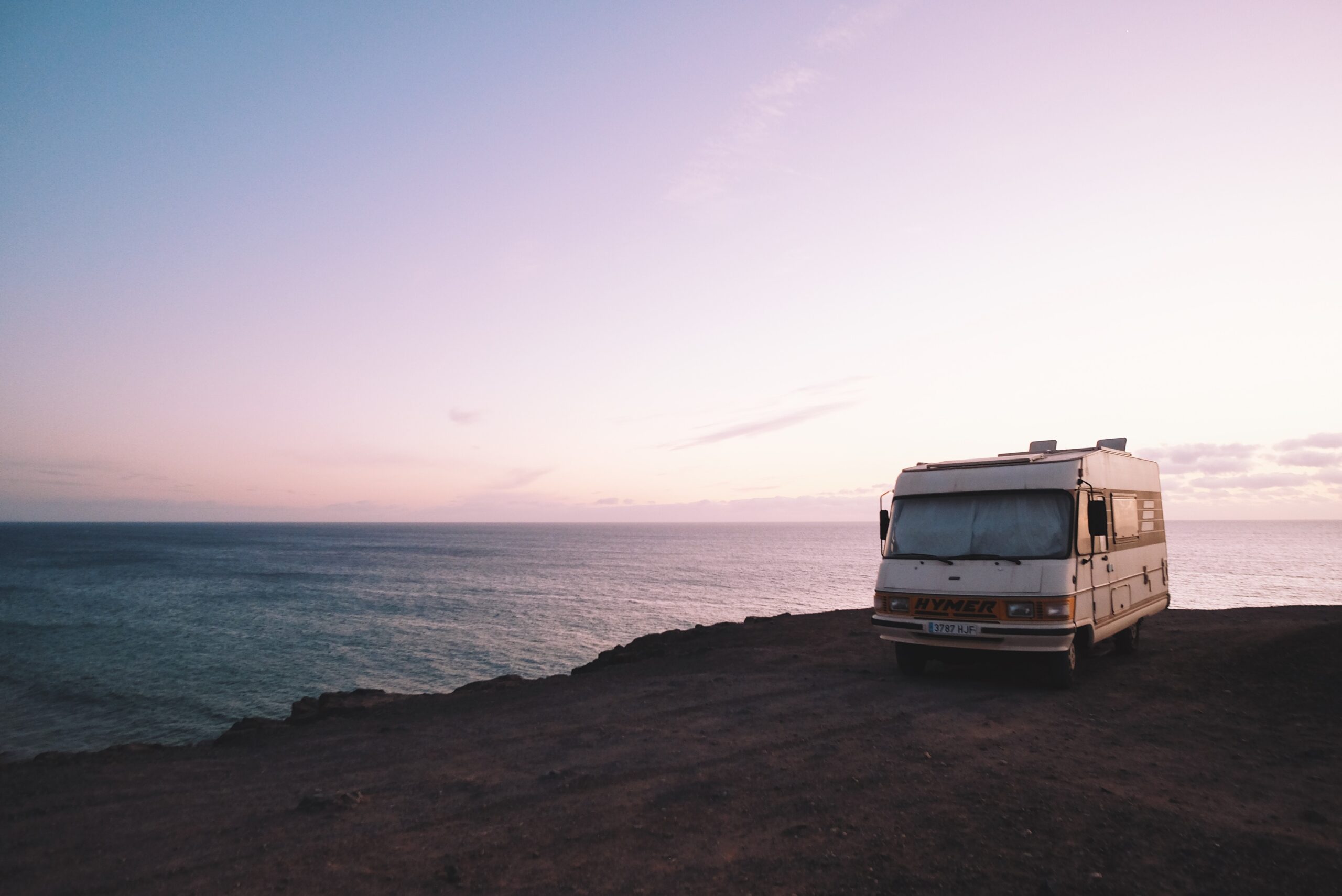
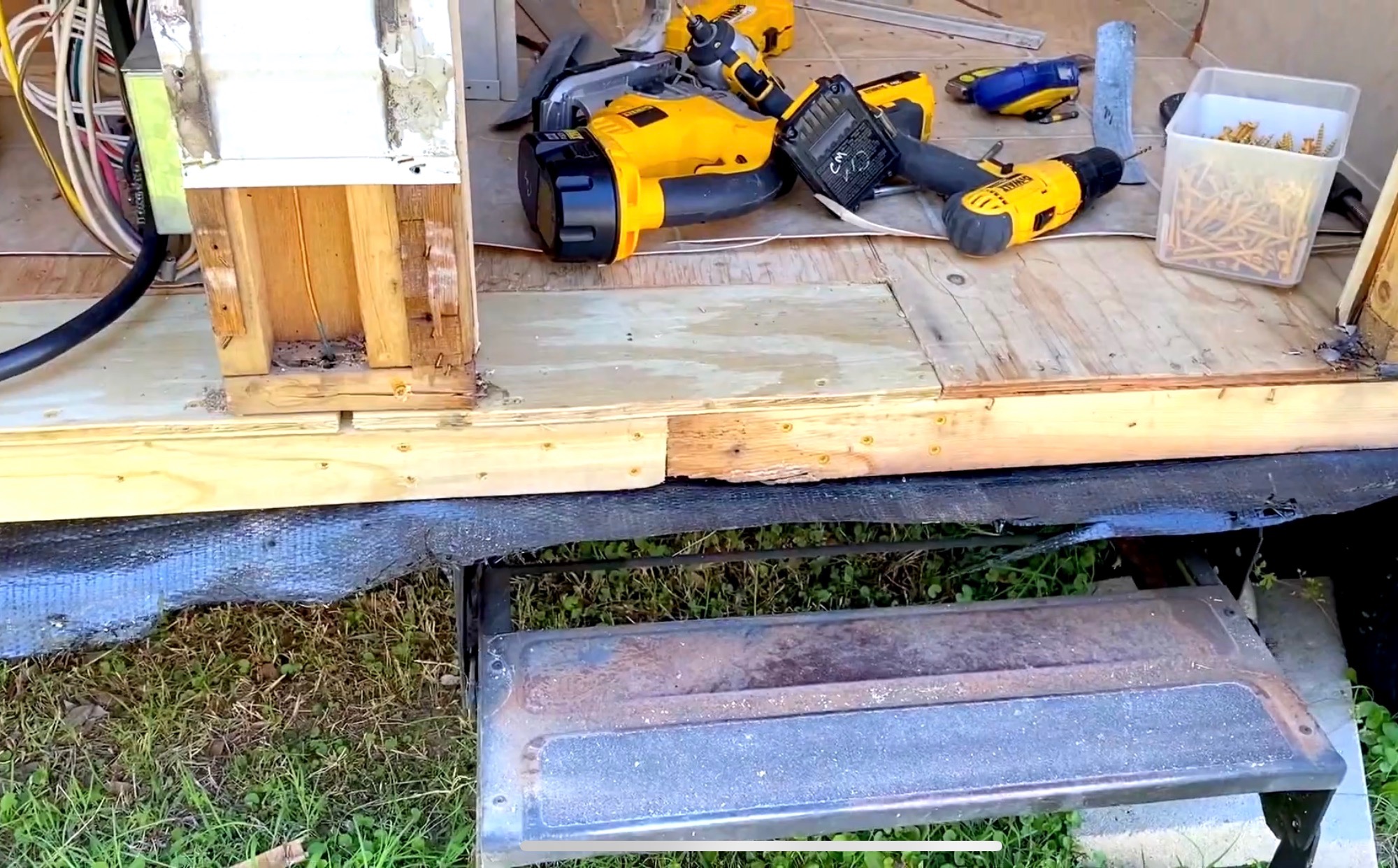

2 Responses
Hi
I bought LED lights virtually identical to the ones pictured in your article. I find that no matter which way I wire them up they do not work in my 2006 camper. They do work when I hook them up to a automotive battery, regardless of where I put the lead on the terminals.
Is there anything I can alter that will make these work or do I need to send them back?
Thanks
Philip
We have a 2015 jayco jay. We are attempting a remodel for our lighting over our kitchen table. We are new to RVing and so we didn’t think wiring was different we have family that were RVers and said we couldn’t put the light fixture we bought in the camper because it was 120 volt and it needs to be 110volt. I was broken hearted because we are living in our RV and wanted to update just the one fixture to a farmhouse light fixture which we already bought awhile ago. Please tell me they are wrong and there is a way to use it?